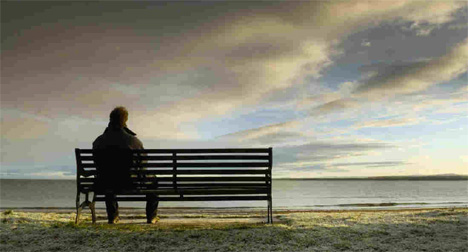
Ingredients

12-14 lb goose
1/2 head red cabbage, shredded
4 tbsp red wine vinegar
1 tbsp sugar
salt and pepper, to taste
2 medium onions, finely chopped
2 tbsp butter
1½ cups water
2 apples, peeled, seeded and quartered
8 baby turnips, peeled
12 baby carrots, peeled
4 patty pan squash (if available, or another vegetable)
Basting Liquid
1/2 tbsp clover honey
2 star anise
2 cloves
1 cinnamon stick
2 cups sherry
2 juniper berries
1 clove garlic, crushed
Prune and Armagnac Sauce
2 shallots, peeled and finely chopped
3 tbsp butter
1/4 cup port wine
1/4 cup rich red wine
1/2 cup Armagnac
juice of 2 oranges
juice of 1 lemon
1/4 cup prune juice
3 cups brown chicken stock
4 oz dried prunes, pitted and cut in quarters
Method
- One week prior to dinner, hang goose in cool, dry place.
- To prepare prune and Armagnac sauce: In medium saucepan, over high heat, saute shallots in 1 tbsp butter until golden. Add port, red wine and 1/3 cup of Armagnac. Reduce heat to simmer and reduce by 1/2.
- Add orange, lemon and prune juice and reduce to 3/4. Add stock and bring to simmer. Reduce to 1/4.
- Strain into clean saucepan and bring back to simmer. Slowly stir in remaining butter. Remove from heat and add prunes and remaining Armagnac. Set aside.
- To roast goose, preheat oven to 475°F.
- Meanwhile, in medium saucepan combine all basting liquid ingredients and bring to boil. Set aside.
- Place goose in roasting pan and roast 30 minutes. Reduce heat to 350°F and continue roasting an additional 30 minutes.
- Remove fat from roasting pan and baste goose with basting liquid. Continue basting and removing fat from pan for an additional half hour.
- Goose is cooked when juices run clear upon piercing thickest part of thigh and skin is crispy and golden brown.
- To prepare vegetables, in medium bowl combine cabbage, vinegar, sugar and season with salt and pepper. Mix well and refrigerate overnight.
- Preheat oven to 350°F.
- Drain cabbage and set aside. In medium skillet, saute onions in butter. Add cabbage and 1½ cups water. Cover skillet and bake about 1 hour. Place apples on top of cabbage, cover again and bake an additional 15 minutes. Remove from oven and set aside.
- Meanwhile, blanch vegetables in boiling salted water about three minutes, or until just tender. Remove from heat and refresh in ice water. Drain.
- Reheat blanched vegetables in skillet in a little butter and olive oil. Season with salt and pepper.
- To serve, divide cabbage and pile high in center of each plate. Carve thin slices of goose and lean against cabbage. Arrange vegetables attractively on each plate and pour sauce over them.
Makes 16 servings.
Source: GUSTO!
Filed under: Fruit, Herb, Poultry, Recipe Clipping, Roast, Sauce, Vegetable | Comments Off on Roasted Goose with Prune and Armagnac Sauce









